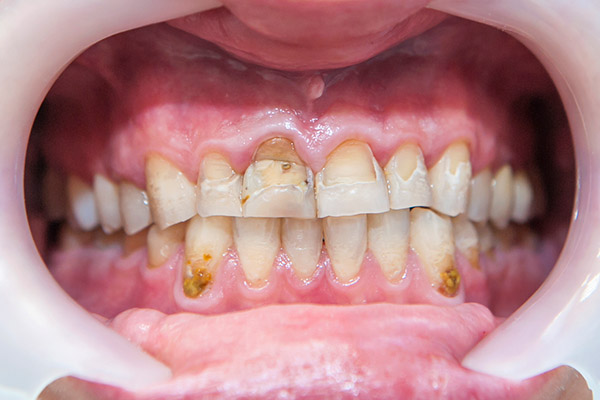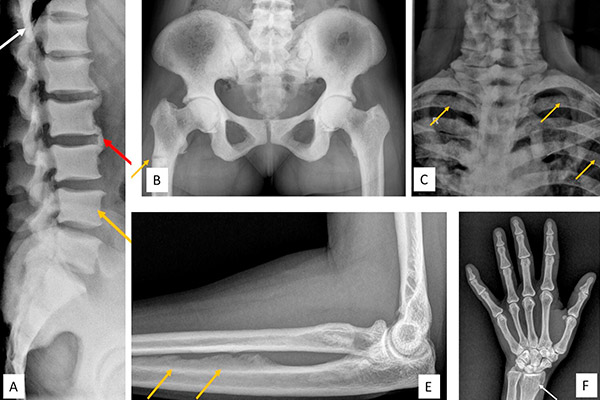Hidden Risks of Fluoride



Exploring the Complexities of Fluoride: Benefits, Risks, and Environmental Concerns
Fluoride, a naturally occurring mineral, has been both praised for its dental benefits and scrutinized for its potential hazards. Its presence in water, toothpaste, and various consumer products has sparked debates regarding its safety and efficacy. While fluoride has proven effective in preventing tooth decay when used appropriately, concerns have emerged regarding its adverse effects on human health and the environment.
Fluoride Toxicity
One of the primary concerns surrounding fluoride is its potential toxicity. Excessive fluoride intake, whether through water fluoridation, dental products, or industrial sources, can lead to a condition known as fluorosis. Fluorosis manifests as discoloration and mottling of teeth, ranging from mild cosmetic blemishes to severe structural damage. Skeletal fluorosis, a more severe form, can cause bone brittleness, joint pain, and skeletal deformities, particularly in regions with high natural fluoride levels or industrial pollution.
Systemic Health Issues
Moreover, research has linked fluoride exposure to various systemic health issues beyond dental fluorosis. Studies suggest a possible association between chronic fluoride ingestion and adverse effects on neurological development, particularly in children. Furthermore, concerns have been raised regarding fluoride’s impact on thyroid function, bone health, and reproductive outcomes, although conclusive evidence remains elusive.
Environmental Hazards
Environmental hazards also accompany widespread fluoride use. Industrial processes, such as aluminum production and phosphate fertilizer manufacturing, release fluoride into the air and water, posing risks to ecosystems and wildlife. Additionally, the disposal of fluoride-containing waste products can contaminate soil and water sources, further exacerbating environmental concerns.
A Need For More Regulations
While public health initiatives promote the benefits of fluoridation in preventing tooth decay, critics advocate for more stringent regulations and alternative approaches to dental care. Some communities have even taken steps to remove fluoride from their water supplies altogether, citing health and environmental concerns.
Navigating the complex landscape of fluoride requires a balanced understanding of its benefits and risks. While it remains an essential tool in dental health, careful consideration of dosage, sources, and environmental impacts is crucial in mitigating potential hazards associated with its use.
Tips To Avoid Fluoride:
- Filter Your Water: Install a water filtration system that specifically removes fluoride, such as reverse osmosis or activated alumina filters.
- Choose Bottled Water: If your tap water is fluoridated and you’re concerned about fluoride exposure, opt for bottled water that explicitly states it is fluoride-free.
- Use Non-Fluoridated Toothpaste: Choose toothpaste that doesn’t contain fluoride if you want to reduce your exposure to it. There are fluoride-free options available in many stores.
- Avoid Fluoride Supplements: If your water is already fluoridated, avoid taking additional fluoride supplements unless specifically recommended by a healthcare professional.
- Choose Non-Fluoridated Salt: In some areas, fluoride is added to table salt. Opt for non-fluoridated salt if you want to reduce your fluoride intake from this source.
- Limit Consumption of Fluoridated Beverages: Some beverages, particularly tea and certain fruit juices, may contain high levels of fluoride, especially if they’re made with fluoridated water. Consider limiting your intake of these beverages.
- Be Aware of Fluoride in Food: Some processed foods and beverages may contain fluoride due to the water used in their preparation. Pay attention to food labels and choose products with lower fluoride content when possible.
- Consult with Your Dentist: If you’re concerned about fluoride exposure, discuss your options with your dentist. They can provide personalized advice based on your dental health needs.

